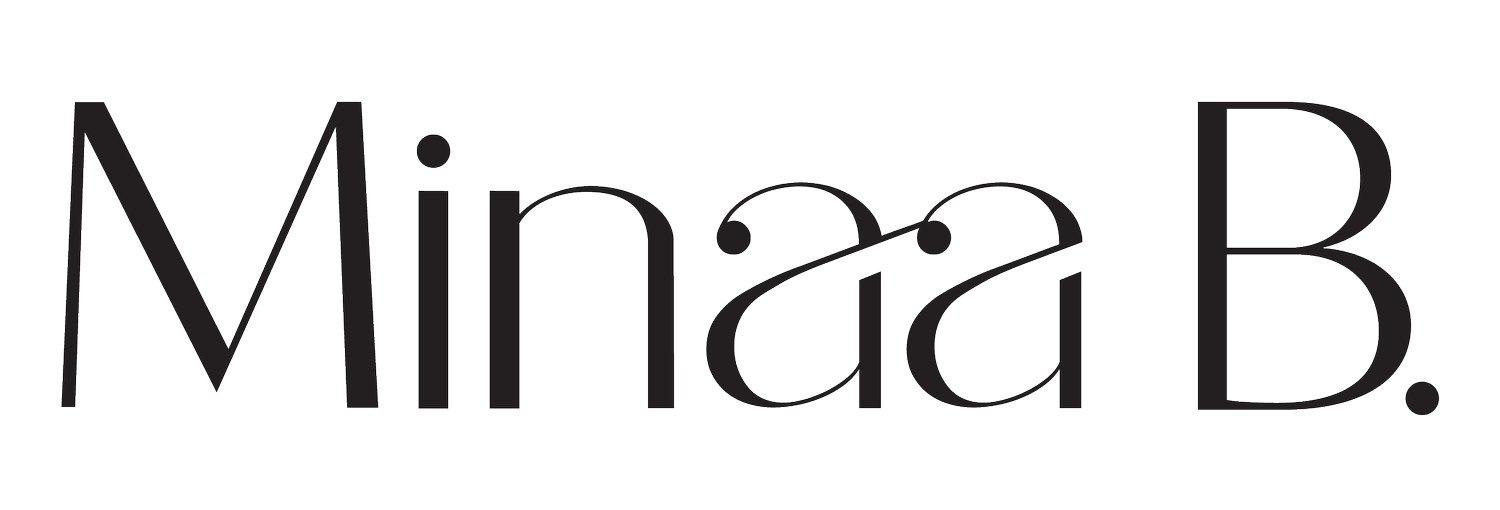Rules vs. Boundaries
Listen on Apple | Spotify | iHeart | Amazon
Over the last few years, boundaries has become a buzzword and a lot of people are starting to do a lot of work of recognizing the limits that they need to set in order to establish some sense of peace and safety in their own lives.
What I'm realizing, however, is that a lot of people are conflating rules with boundaries so let's jump right into unpacking the difference between a rule and a boundary.
What is the difference between a rule and a boundary?
A rule is a set of regulations or guidelines that you enforce on others. However, a boundary is a set of personal regulations or guidelines that you establish for yourself.
To help us understand this better, let's use a relatable example. Many of us are familiar with traffic laws. When you approach a green light while driving, you know it means go, and a red light means stop.
Traffic laws are rules that we must all abide by, but here's the thing: there are people who break the law every single day because people will always do what they want to do, and as a result, there are consequences for their behavior. If you run a red light, you will get pulled over; if you have multiple unpaid tickets, your car can be repossessed; if you have too many speeding tickets, your license can be suspended. There are people facing these consequences every single day.
Understand this: even the law can't stop people from doing illegal things. Therefore, you won't be able to stop people from doing whatever they want to do. This is why it's important to have a clear understanding of your rules and boundaries. When someone decides to behave a certain way and violates the rules you've put in place, it will always be your responsibility to uphold your boundaries and decide how you will react when a line is crossed. In the same way, the legal system reacts when people choose to break the law.
How to define your boundaries
Your boundary is how you will respond to people when they violate your requests.
Again, remember that you can make a request, but you cannot control other people's actions.
Stop believing you are powerless and ask yourself how you will respond to things you do not like that are within your control. Instead of getting frustrated repeatedly because a colleague keeps sending you emails at midnight, consider muting your notifications, deleting the app from your phone, or putting your emails on snooze to avoid disruptions during your personal time.
Examples of boundaries:
I will log off from work when my shift is over.
I will put my phone on Do Not Disturb (DND) when I'm busy or don't want to be bothered.
I will remove myself from interactions with people who make me feel unsafe or agitated.
I will assert myself and speak up when I need to communicate a point.
Remember, boundaries almost always start with "I," emphasizing your personal agency, while rules almost always start with "You," focusing on the actions of others.
Reflection Questions:
Consider a scenario where you felt frustrated or overwhelmed by someone's actions. How could you establish a boundary to protect your well-being in that situation?
Reflect on a time when you struggled to uphold your boundaries. What were the reasons behind it? How could you have responded differently?
Reflect on a situation where someone violated your rules. How did you respond? What were the consequences?
Think about a boundary you would like to establish for yourself in a specific area of your life. How would you communicate and reinforce this boundary with others?
Remember that setting a boundary is a social norm, and so I hope you can be brave enough to set the limits that make you feel seen, heard and safe.
Setting a boundary doesn’t make you mean or selfish, it makes you quite normal.




